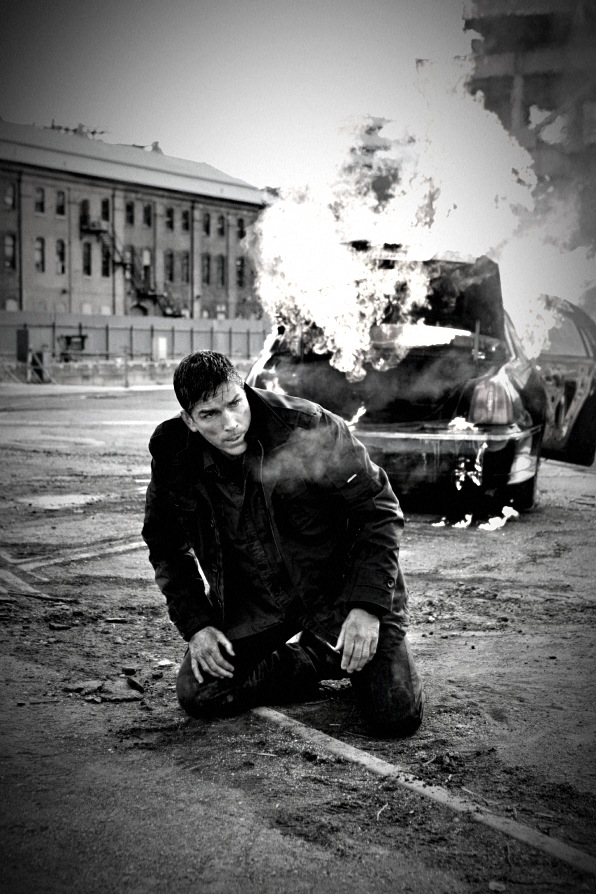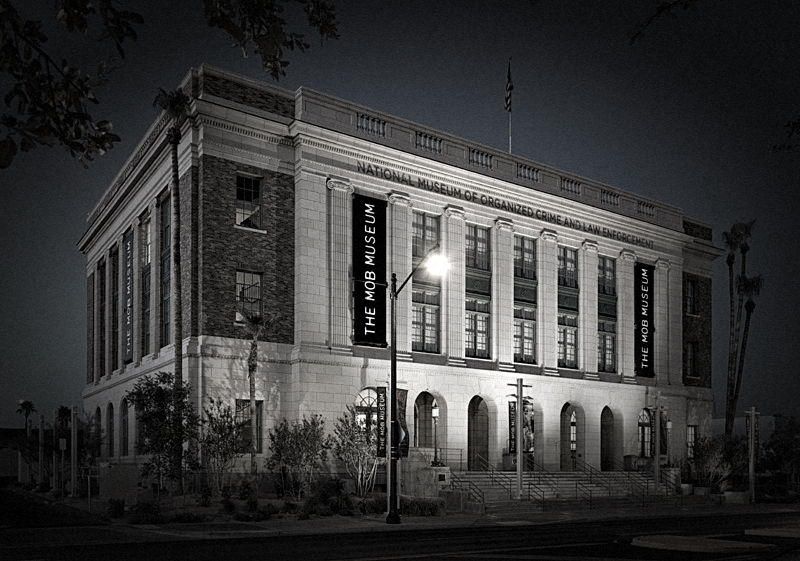Welcome to The Underworld Academy!
 For our inaugural edition of The Underworld Academy we speak with “Inspector Todd” in Northern California. The good Inspector prefers to remain anonymous, so we at the Noir Factory will respect his wishes.
For our inaugural edition of The Underworld Academy we speak with “Inspector Todd” in Northern California. The good Inspector prefers to remain anonymous, so we at the Noir Factory will respect his wishes.
The “Inspector” has a wide and varied history in law enforcement spanning over twenty five years and has worked with countless crime scenes. I sat down with “The Inspector” yesterday morning and we discussed some of the things that investigators look at when they dissect the scene of a crime.
Noir Factory: Is there a “basic training” of sorts for officers when learning about crime scene procedure?
Investigator Todd: We receive intense investigative training both at the start of our careers and consistently throughout it. On completing their academy training, rookies go through additional training with veteran officers in the field for 12-16 weeks. Afterwards, officers periodically attend training classes to learn new technologies and procedures. They also receive further training when their duties or job roles change. Crime scene procedure is stressed at every level of law enforcement.
NF: Are all crimes and crime scenes treated the same way?
IT: Not at all. In cases of Breaking and Entering, we establish a Point of Entry (POE) and a Point of Departure (POD). We then enter the area and may even take the owner on a walkthrough to see what was taken, what is out of place, and to see if anything is broken and ransacked. We encourage them to tell us if there is anything out of the ordinary.
NF: And this is not how every crime scene is processed?
IT: A B&E is a basic crime scene, but each scene is unique and has its own challenges. For instance, a crime scene in the woods has different challenges than a home, or a business, or an alleyway, but the basics are usually the same.
NF: And those are…?
IT: You take a large space, making sure that the events take place within that area, and work your way in. In cases of murder, you limit who enters the scene, you log when and where they do come in, as well as photograph and number anything that may be relevant. Everything is catalogued and accounted for before the initial investigation begins.
NF: And that’s when you guys sweep for fibers, log DNA and bring in the laser beams?
IT: (laughs) One thing that bothers me is how crime scenes are portrayed in the movies. The super computers that you see on television DO exist. We just don’t have them. Those live in Silicon Valley. Also DNA can play an important role in cases of terrorism, rape, sexual abuse and homicide, but in reality, DNA can have a time frame of 6-8 months.
NF: Well, do fibers play a role in the investigation?
IT: They do, especially if they are found on a victim, but most crime scenes that police deal with are places that are pretty run down. If you ran a vacuum through most houses, you would find all sorts of things that not germane to a crime and are downright disgusting. And that is in the best homes. Most violent crimes take place in some pretty unsavory places, and not a lot is learned by collecting fibers in those areas.
NF: In that case, what DO you look for at a crime scene?
IT: We look for physical evidence, mostly. We see if things have been damaged or broken or disturbed. In cases of murder we look for the weapon, markings left on the victim or in the area, and of course fingerprints. DNA and fibers have a role at a scene, but those take time to process and may or may not offer something to the case. Fingerprints are something we can process quickly and can impact an investigation, but they too have their limits.
NF: Such as…?
IT: In today’s world, people have seen television shows and know to wear gloves when they commit crimes. Crimes of passion are more common, and aren’t thought out in advance, but even then it depends on the surfaces that are touched. Pebbled surfaces aren’t conducive to fingerprints, and surfaces made from oil, such as plastic, aren’t good either. Fingerprints are made from the oils secreted from the skin. We look at smooth surfaces, such as glass and steel.
NF: So what would you say is the best way to solve a crime based on what you find at the scene?
IT: Good, old-fashioned investigative work. You start with a large area, larger than the scene. In some cases, it’s possible that a weapon can be thrown away nearby. You then document and photograph everything even before you start your investigation. Once that is done, you work your way down, eliminating what you don’t need. Then you see where the evidence leads. You talk to potential witnesses, you look for criminal histories, and you poke around. More often than not, someone has said something to someone, and when that happens, we will catch them.
NF: So if I were thinking of committing a crime…?
IT: I would recommend that you do not tell a soul, think it out well in advance, and then decide against it.
NF: But if I decided to proceed anyway?
IT: Then I would catch you.



